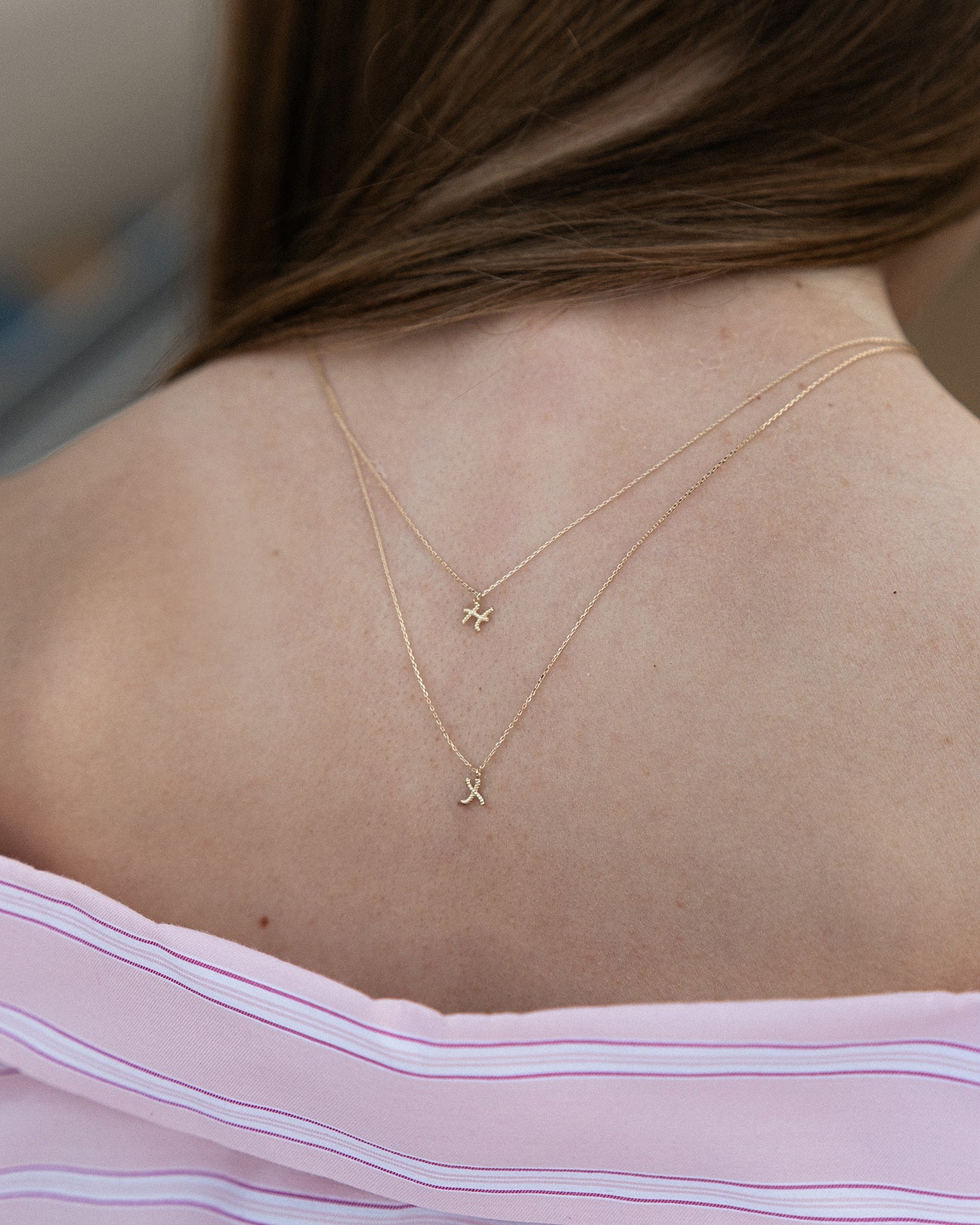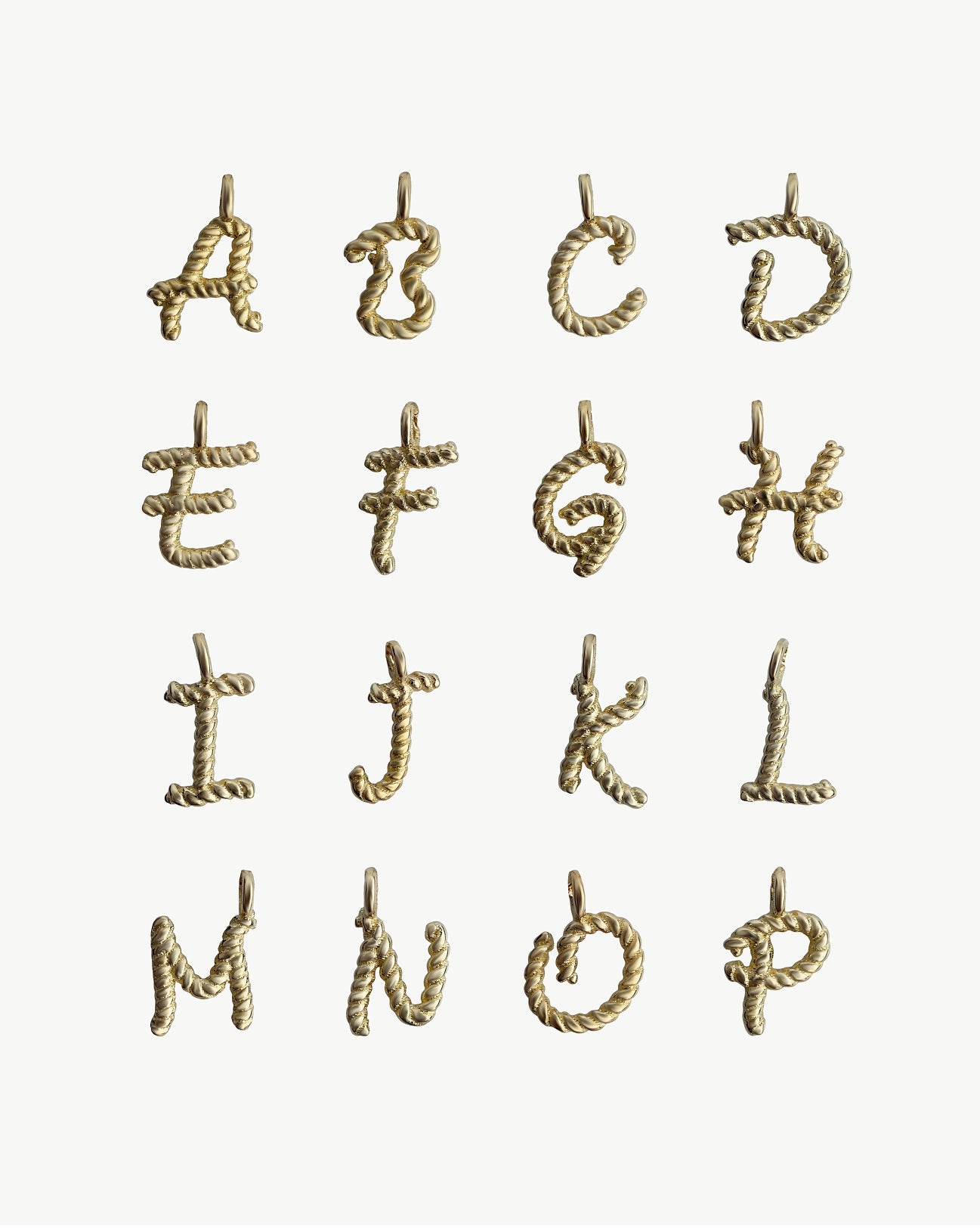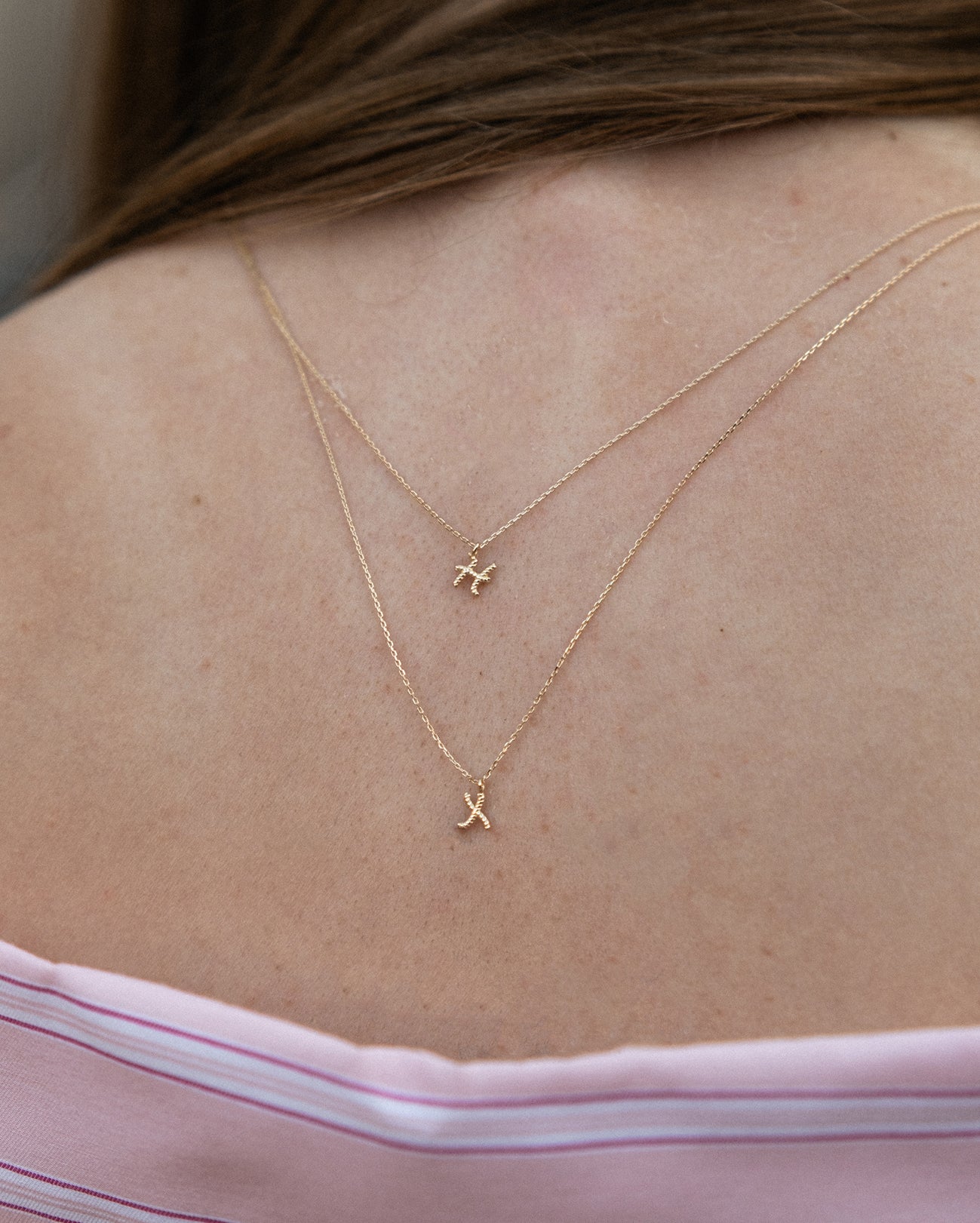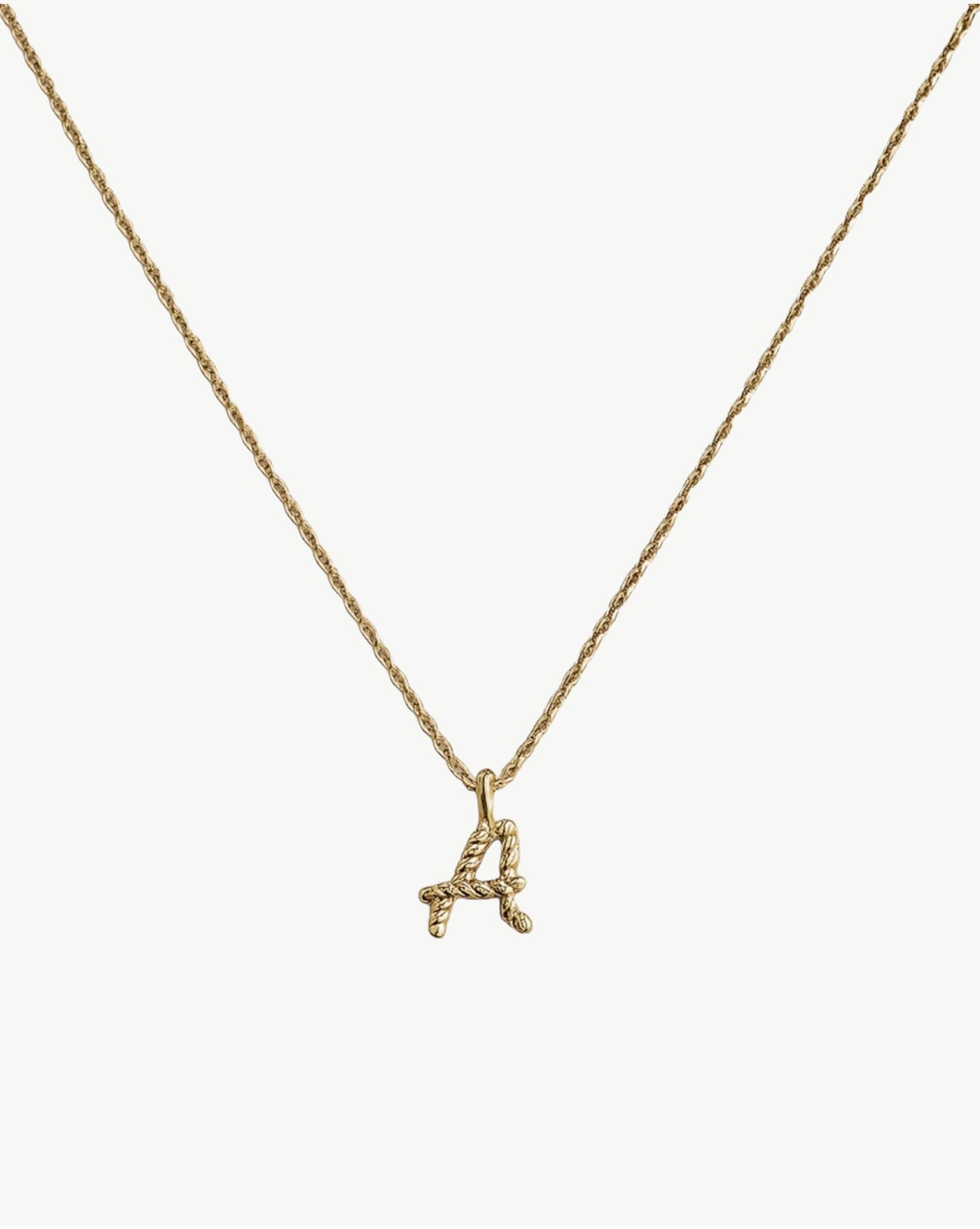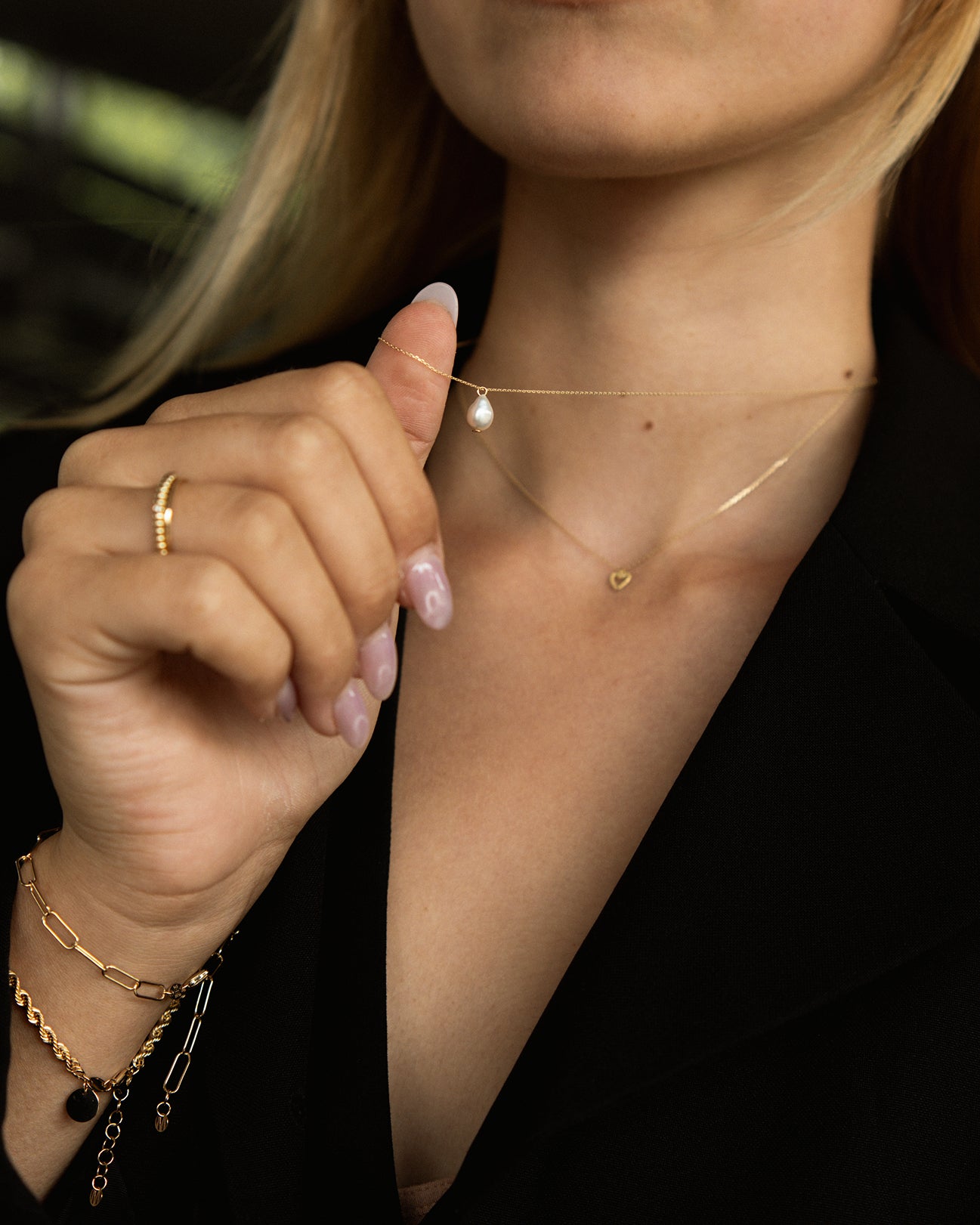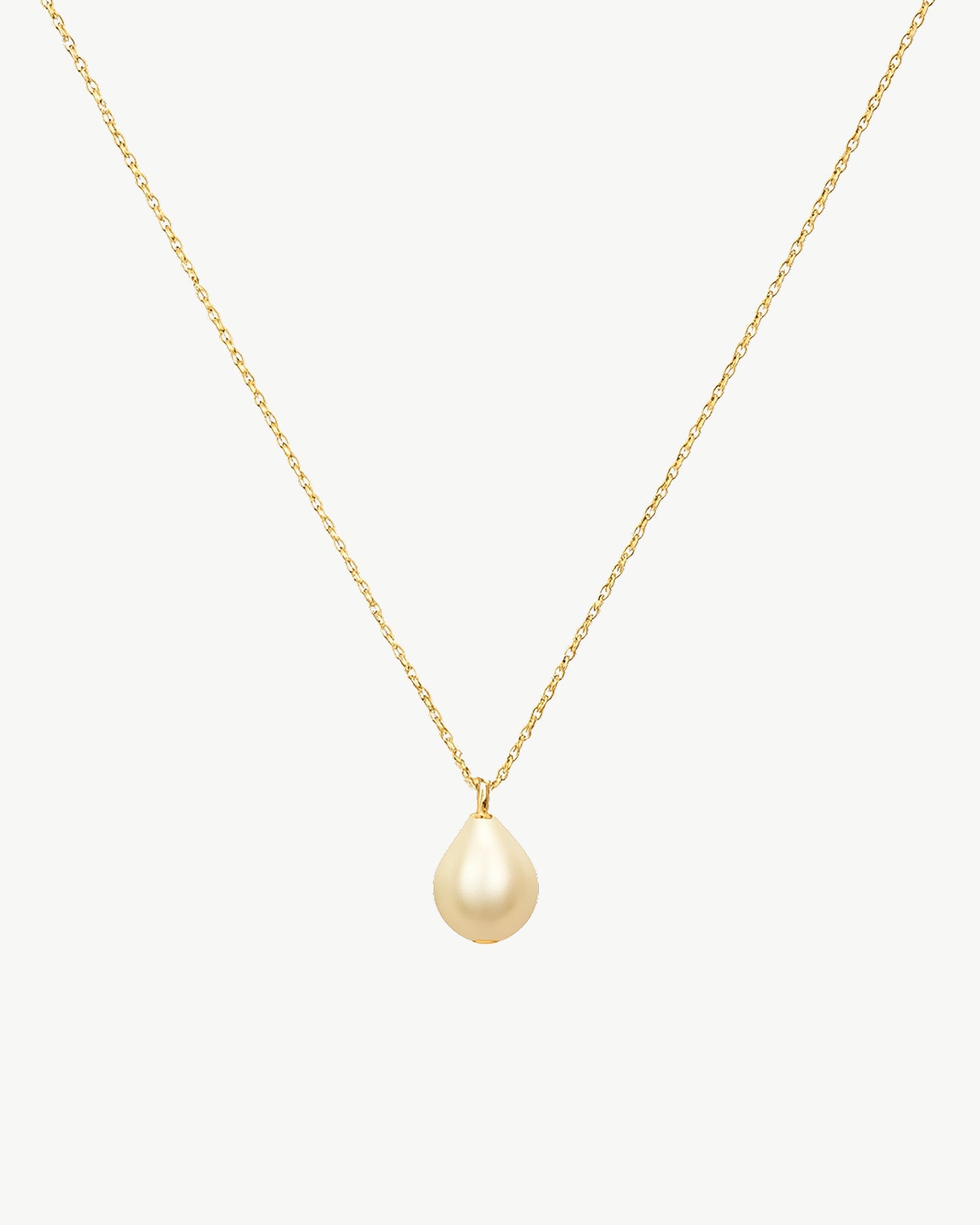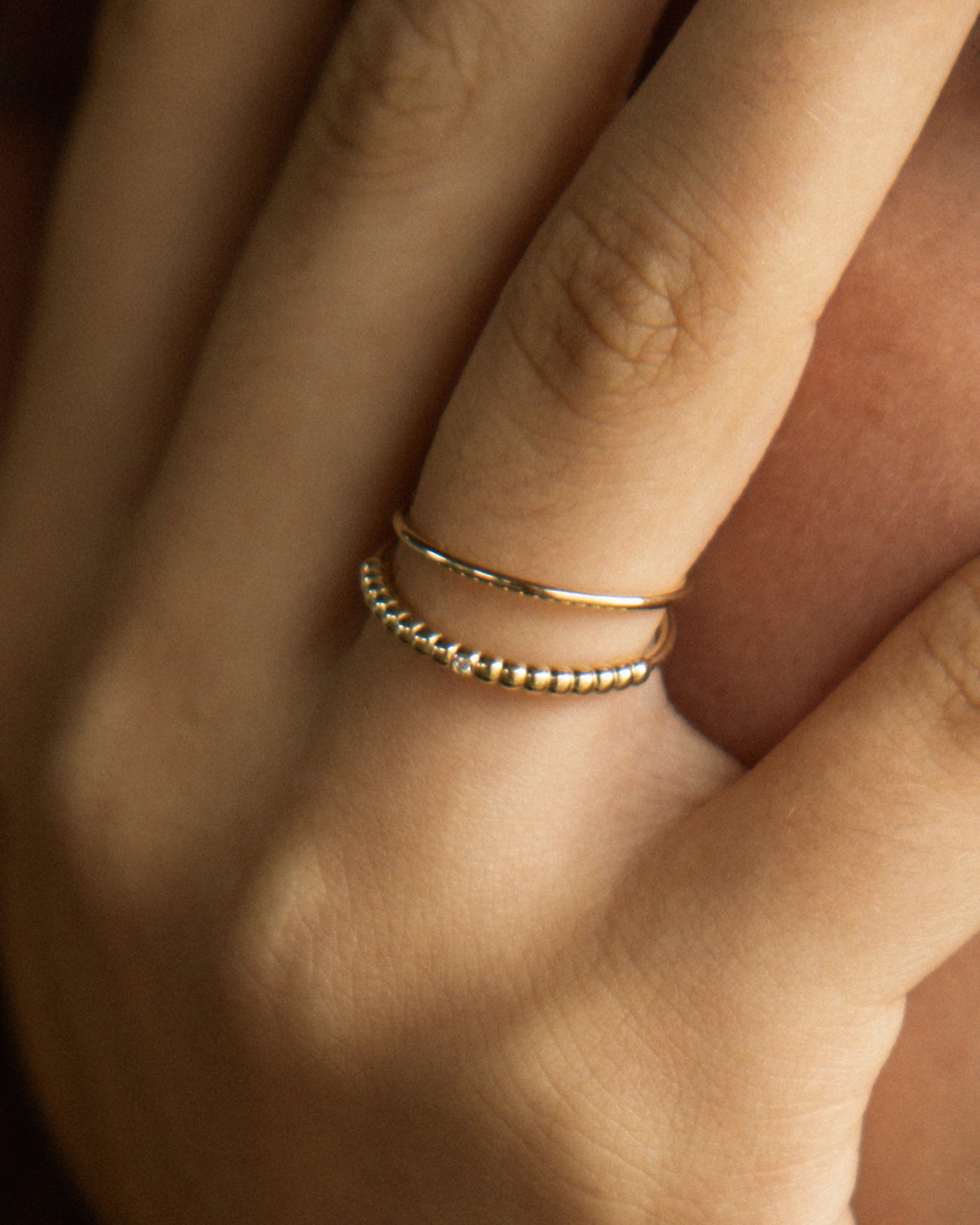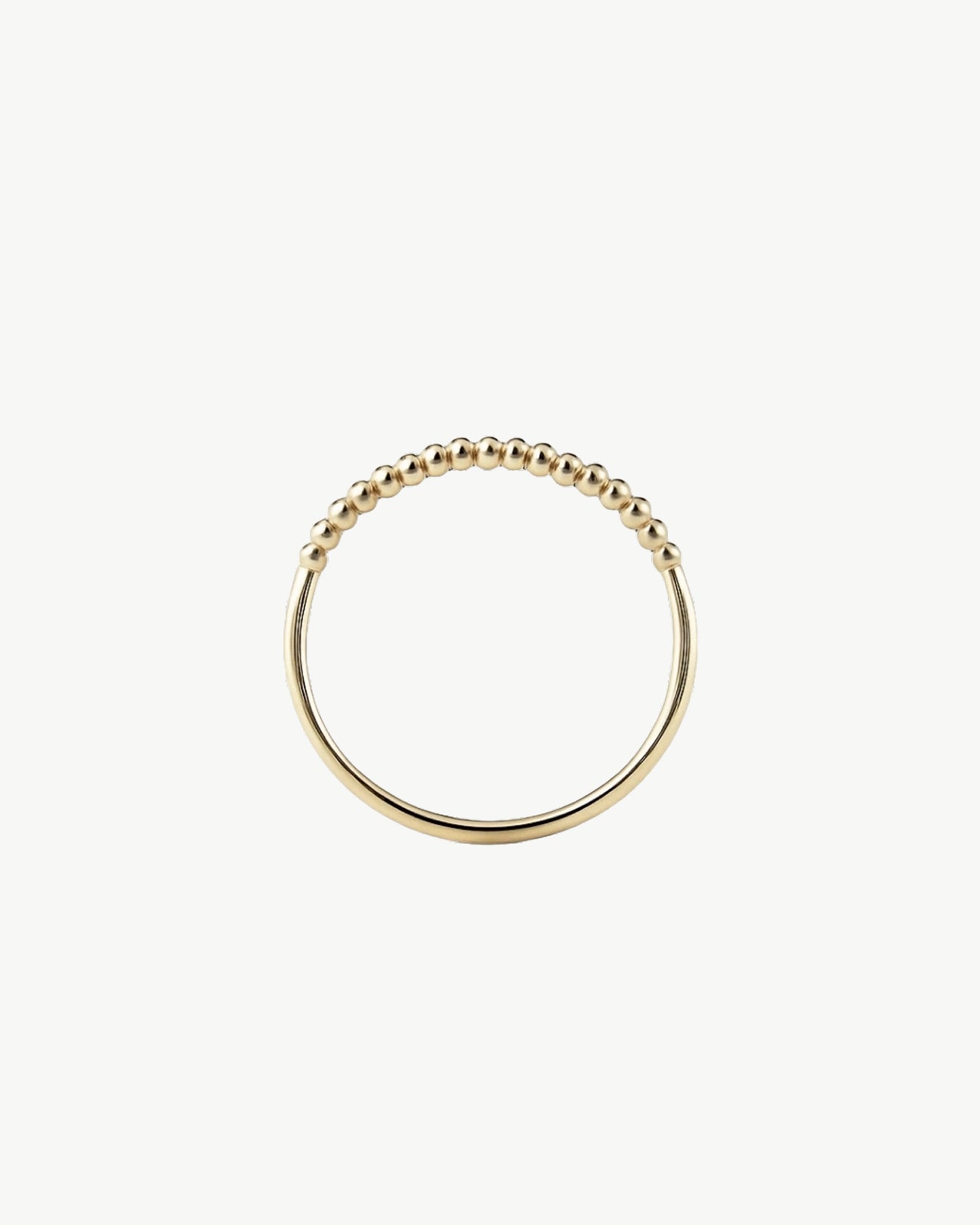If you’ve ever browsed solid gold jewelry online, you might have noticed something confusing: some countries favor 9-karat gold, others 10-karat gold—and yet they seem almost identical. So what’s the deal?
Let’s break it down.
Why 9K Gold Is Standard in Europe
In the UK, Ireland, and most of Europe, 9-karat (9K) gold is the legal minimum for something to be marketed as “gold.” That’s 37.5% pure gold, blended with a mix of strengthening metals (like silver, copper, or zinc) to make the piece more durable.
This standard has been used for decades because:
- It’s super strong for everyday wear
- It’s more affordable, making real gold accessible
- It still carries that signature warm gold tone and shine
All 9K gold jewelry sold in Europe must be hallmarked (officially tested and certified), ensuring you get exactly what’s promised—nothing less.
Why 10K Gold Is Common in the U.S.
In the United States, the minimum legal standard is 10-karat gold, which contains 41.7% pure gold. That’s only slightly higher than 9K, and the difference is invisible to most people.
The U.S. jewelry market historically promoted 10K because:
- It offered better affordability than higher-karat options like 14K or 18K
- It delivered more scratch-resistance and durability than purer golds
You’ll often see 10K gold used in wedding bands, chains, and daily jewelry—just like 9K is used in Europe.
What’s the Actual Difference Between 9K and 10K?
Very little. Let’s compare:
| Feature | 9K Gold | 10K Gold |
|---|---|---|
| Gold Content | 37.5% | 41.7% |
| Durability | Very high | Very high |
| Color Tone | Almost identical | Almost identical |
| Price | Almost identical | Almost identical |
| Legal Standard In | UK, Ireland, Europe | USA, Canada, some LATAM |
In terms of appearance, 9K and 10K gold are not only similar to each other—but also incredibly close in tone to 14K gold. The color difference is often imperceptible, especially in dainty, everyday pieces. But here's where 9K and 10K win: they’re harder and more scratch-resistant than 14K, making them ideal for daily wear.
Want proof?
Check the side-by-side comparison below.

